Chinese traditional dance is a crucial aspect of Chinese culture as it covers an essential and fundamental aspect of the people’s beliefs, values, and traditions. In China, there are numerous recognized traditional dances that have different origins from ancient times, and they are typically performed during various celebrations and rituals. To learn more about traditional Chinese dances, keep reading.
What is traditional Chinese dance called?
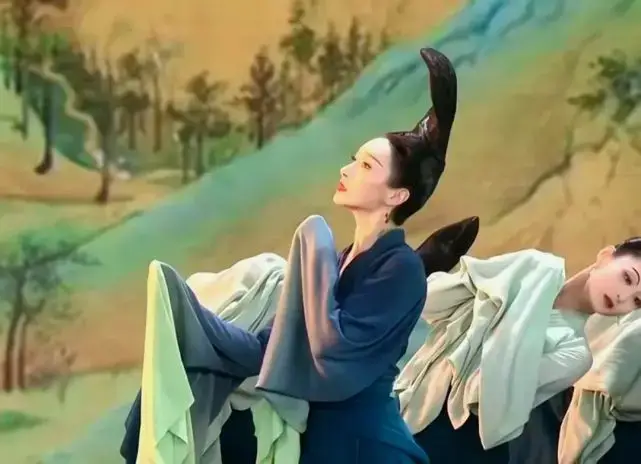
There are various traditional Chinese dances with different names. Among the most common traditional Chinese dances are the Dragon dance and the Lion dance, both of which are linked to the earlier dynasties. Other breathtaking traditional dances are called; Yangge dance, Sword dance, Lantern Dance, Ribbon dance, Fans dance, Baishou dance, Mongolian dance, Bowl Dance, Long Drum Dance and Sanam dance.
Chinese dance history.
There is a long history of the Chinese dance that is recorded and the earliest dance character recorded is written in the oracle bones representing a dancer holding oxtails in both hands. Other Chinese dance styles like dancing with sleeves have been documented from as early as the Zhou Dynasty.
During ancient times, traditional dance was important to the Chinese people as they were performed during ceremonies and rituals. These dances were typically performed at the imperial court up until the Qing Dynasty and they reached their peak in the Tang Dynasty, being highly diverse. The most popular dances during this period were generally from Central Asia.
After the Tang Dynasty, dance as an art declined and later, after many years, was adopted into Chinese Opera, during the Yuan Dynasty. Ever since traditional Chinese dance has survived and today, it is still being performed for both traditional purposes and entertainment.
Types of traditional Chinese dance.
There are several kinds of traditional Chinese dance, all performed for different purposes and during different times. We have discussed them below in depth;
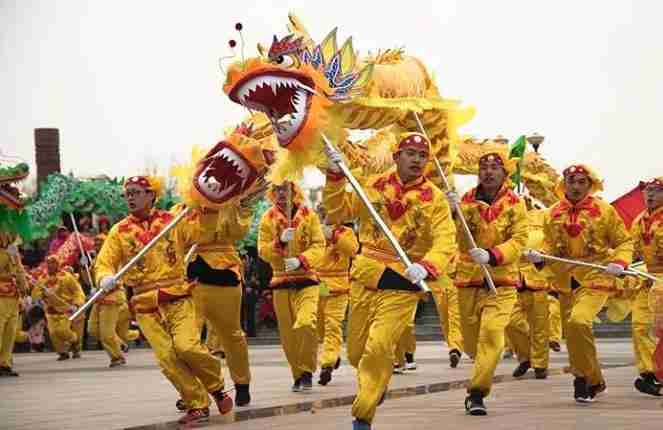
The Dragon dance is typically performed on the 15th night of the 2-week Chinese New Year celebrations, as part of the Lantern festival. To perform this dance, the dancers form a synchronized line (which represents the dragon’s body) and make snake-like movements and a few other dancers toss the brightly coloured “dragon’s head”. When this dance is performed, it is believed that misfortunes and evil spirits are chased away and blessings are bestowed upon the people.
Today, the dragon dance is performed on stage in theatrical productions for entertainment purposes.
- Lion dance
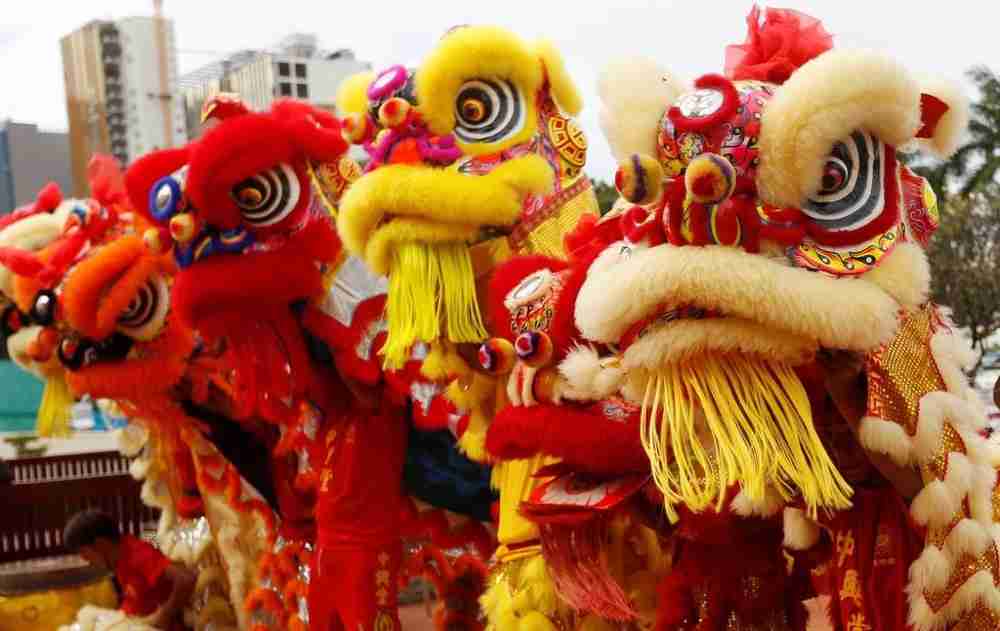
The lion dance is the most popular traditional Chinese dance and is typically performed to kick off the Lunar New Year. This dance was heavily linked to the idea of good fortune among the Chinese people. With only two variations in China, this dance is performed by just two or three people. The two variations are from the northern and southern parts of China with the northern variation being more striking and amusing while the southern variation has a more symbolic meaning behind it. Both variations are, however, considered significant and spiritual.
- Yangge dance
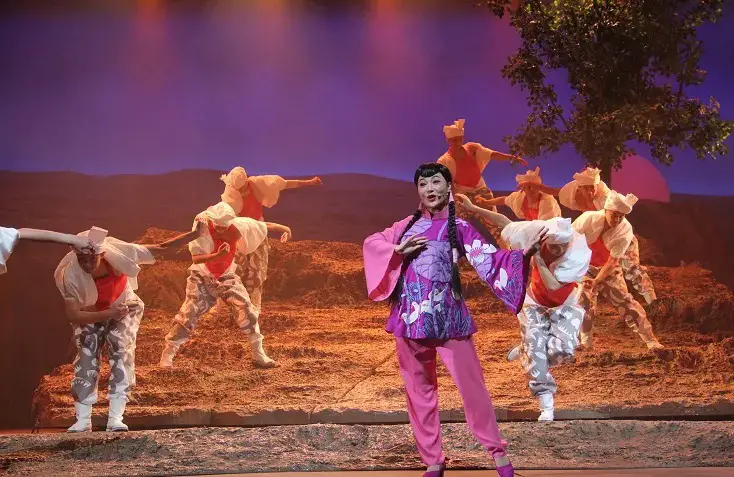
The Chinese Yangge dance developed from a dance that was typically performed in village music in the Song Dynasty and is very popular in the northern part of China, both in the countryside and in the cities. This dance is especially famous among the older generations simply because, in the 1940s, a new Yangge dance movement was adopted as a way of rallying village support, thanks to the Chinese Communist Party.
- Sword dance
Just as the name suggests, this dance is performed with the dancers holding swords. There are many variations of this dance and it can be performed by both genders. This dance style started as a military training exercise with spears and swords and later evolved into an acrobatic dance before becoming the sword dance.
- Lantern Dance
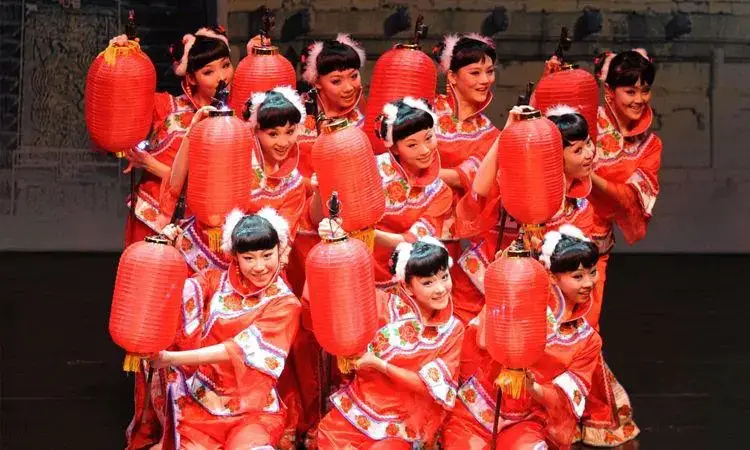
The Lantern dance is typically performed during the Chinese New Year and the Lantern Festival, by people lifting, holding and dancing with carp-shaped lamps, to celebrate the harvest of the previous year and extend good wishes for the year being ushered in. This dance was famous in the Qing and Ming Dynasties and is generally performed at night.
- Ribbon dance
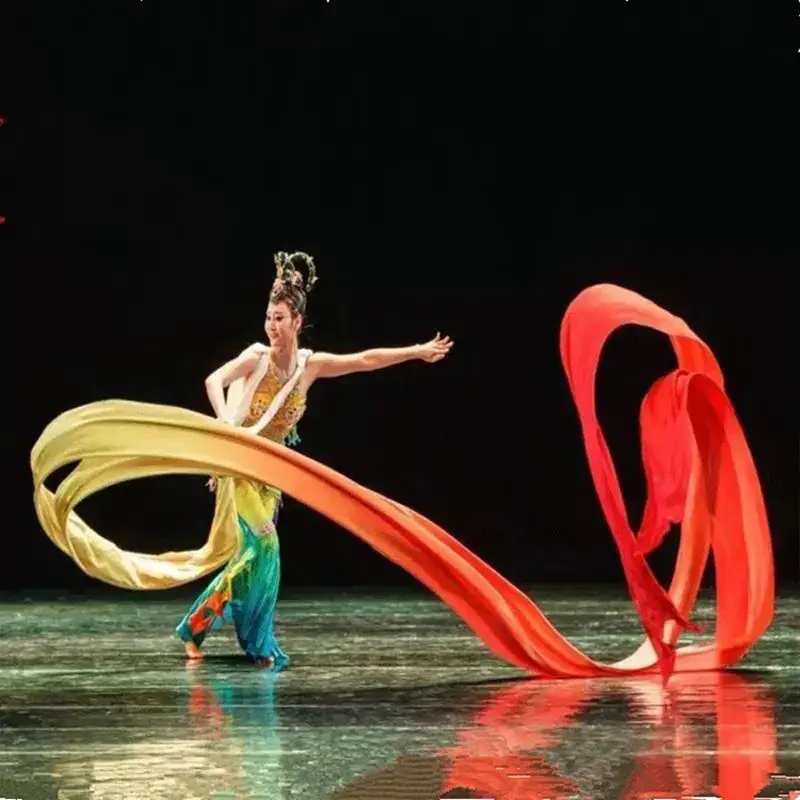
The ribbon dance is an expressive and emotive dance that involves twirls and frequent leaps and forming spirals with long silk ribbons. The ribbon dance first appeared in the Han Dynasty and has evolved ever since.
- Fans dance
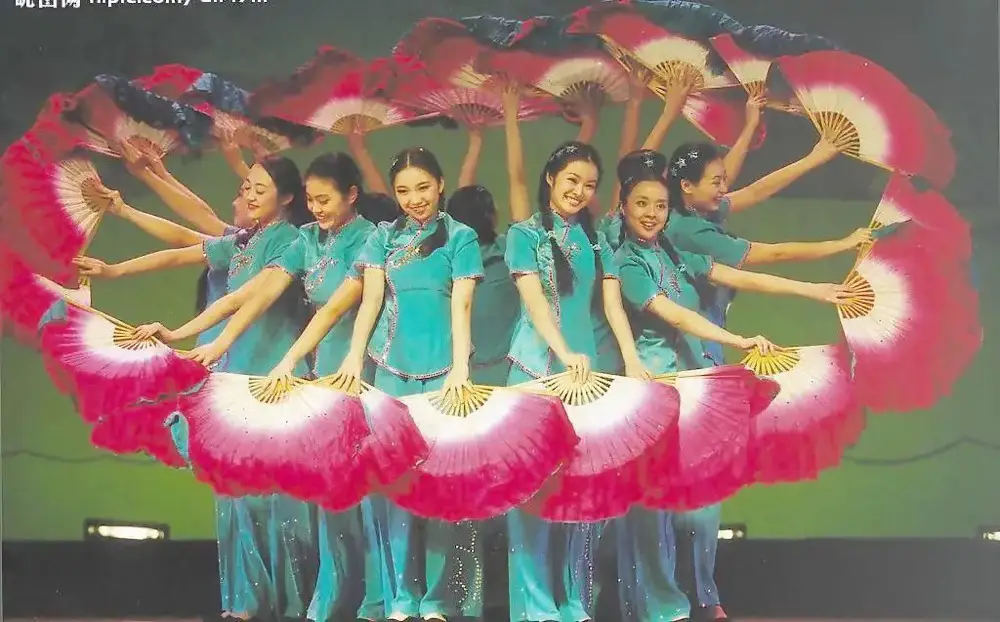
The Fan dance is a well-known Chinese traditional dance that also emerged in the Han Dynasty, which is performed by people holding fans. Just like most dances, the fan dance has numerous variations and it is usually performed for reasons like showing, telling and honouring the Chinese oldest traditions.
- Baishou Dance
The Chinese Baishou dance is a 500-year-old traditional dance invented by the Tujia people, one of the 55 ethnic minorities in China. This dance is performed with about 70 ritualistic gestures and has elements of music and opera. Human themes like reproduction, migration and fishing are expressed in this dance.
- Mongolian Bowl Dance
During a Mongolian dance performance, expect to see bowls and chopsticks being used as props. This dance mimics the environment in which the dance developed – in the horse culture and expansive open lands – and homage to the lifestyle in that environment.
- Long Drum Dance
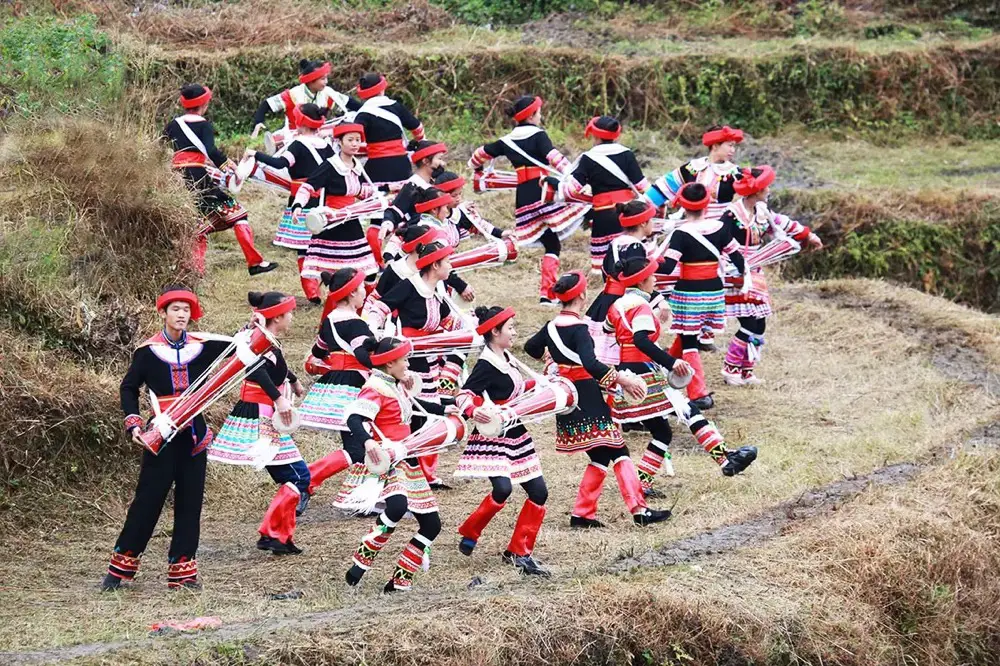
This dance is typically performed during the Yao festivals, typically in Guangdong, to celebrate weddings, relocations and harvests. Additionally, it was also performed in rituals like exorcising ghosts and evil spirits, witchcraft activities and curing diseases. Today, the long drum dance is mainly performed as a recreational activity.
- Sanam dance
The Chinese Sanam dance is popular among the Uygurs in Northwestern China and is usually performed during weddings and other festive occasions. This dance involves graceful and elegant movements and requires great body coordination.
What is the most popular dance in China?
The Lion Dance is the most popular traditional dance in China with the Dragon Dance being the second-most-popular traditional dance.
Conclusion.
There are various traditional Chinese dances and each of them is performed for various reasons. Every ethnic minority in China is associated with different dances and some dances have different variations among different communities.